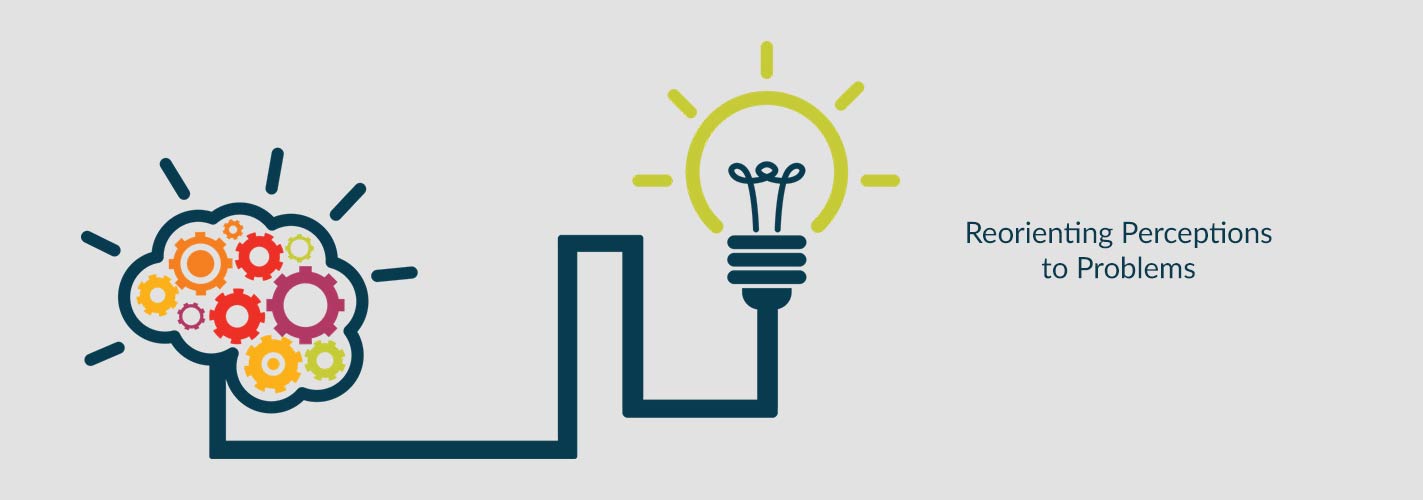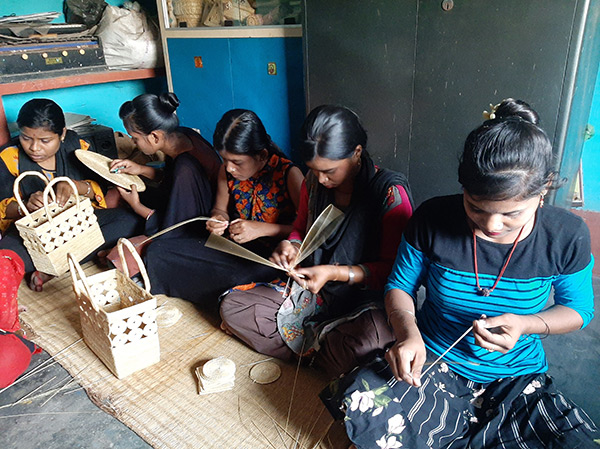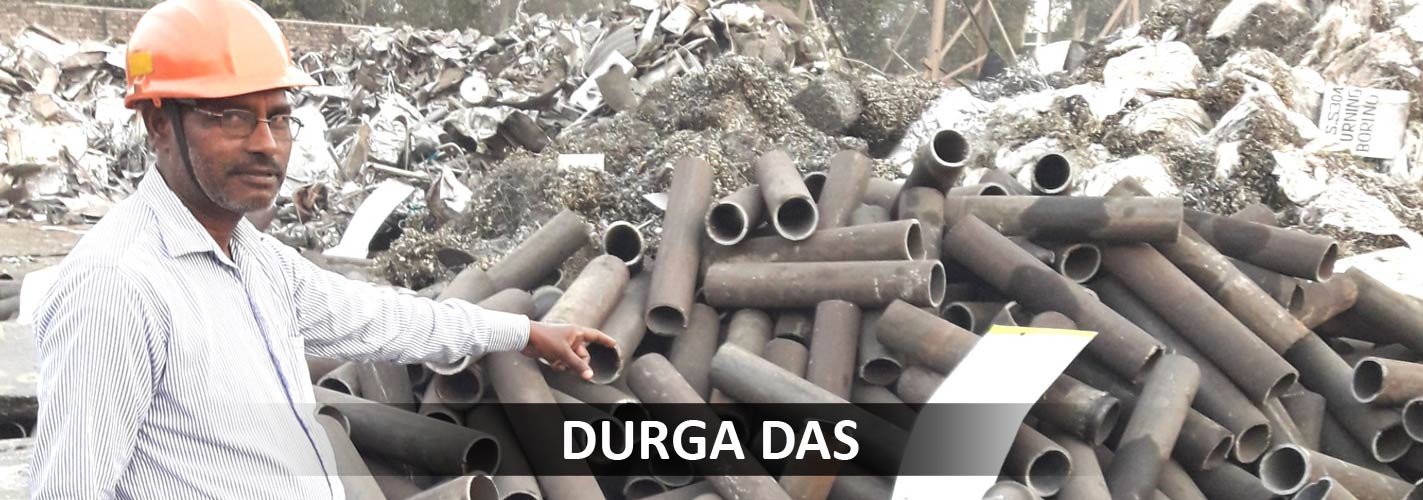Reorienting Perceptions to Problems
May 13, 2019

When Jerry Sternin, author and researcher for Save The Children arrived in Vietnam, he had no clue as to how to tackle the grave issue at hand. Sternin was sent to Vietnam to investigate the root cause of malnutrition amongst kids. The common analysis so far was – poor sanitation and unclean water. He deemed this conventional wisdom as TBU – true but useless. He was determined to apply the Positive Deviance approach to practice in this curious case of malnutrition in the interior villages of the country. The approach of Positive Deviance is based on the premise that when it comes to problem-solving, rather than looking at ‘what is not working’, one should look at ‘what is working’.
Instead of making target groups of kids with malnutrition, he devised a focus group of the mothers of the few healthy kids in the village. He explored into what the healthy kids were eating and how many times a day they were eating. The result was that the mothers who were feeding their children four times a day (same proportion of food spread out over the day) had healthy kids. Another interesting observation was made during the research period. The healthy kids were eating rice mixed with tiny shrimps collected from the rice paddies. Sternin ensured that all the kids in the village eat the same kind of meal, and in less than six months – the kids were better nourished.
As an outsider to the issue, Sternin devised a fool-proof method to beat malnutrition by focusing on what is working rather than what is not working. There is always an alternate method to solve any problem. All one needs to do is switch the way they perceive the problem. This simple approach to problem-solving can easily be applied to the toughest business barriers. Any good leader should essentially deposit so much trust in the team members that the team is capable of experimenting with the tasks assigned to them. The beauty of Jindal Stainless is that it empowers every employee with creative space and full authority. In this company, an employee is appreciated for their work even if they fail, if the intent of their action was correct, honest and sincere. This kind of leadership promotes every person to take ownership of the work they undertake. If employees are empowered, they will go the extra mile and give 110% to the work.
On a personal level, my mantra is that a single person cannot function without the back-up of their team. An efficient team works in a synergistic mode, and good synergy will often tantamount to achieving different results to a common problem. For example, when it comes to the problem of achieving targets, all one needs to do is look at the ‘target’ in a different light. What is a Target? It is something that cannot be achieved. So, if one sets impossible targets and achieves 95% of it, the target in theory is automatically achieved. Thus, if there is always a 5% margin to targets, there will always be scope to keep going. A target should be set in abstract, so that there is margin to excel at both professional as well as personal levels. Therefore, if one applies the Positive Deviance approach to the work at hand, there will always be room for growth.






